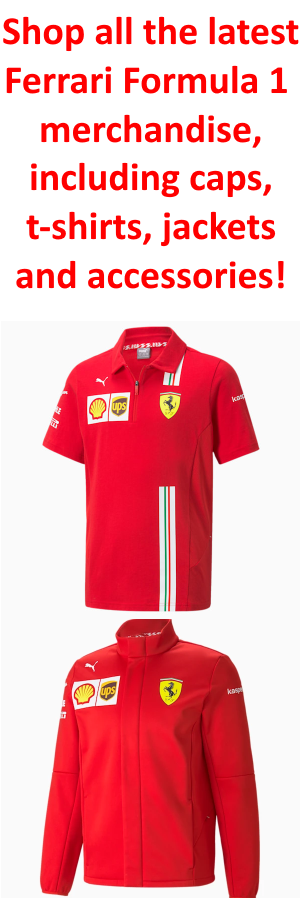Dash qualifying in Qatar produced a end result that was at the very least partially anticipated. McLaren led the pack with a cushty margin, whereas Ferrari lagged behind. Nevertheless, there have been surprises: with the cooler night circumstances, Mercedes (particularly George Russell’s automotive) got here alive, securing a front-row begin alongside pole-sitter Lando Norris, with the British driver simply 63 thousandths behind, whereas Max Verstappen’s Crimson Bull confirmed energy solely in ultra-high-speed corners. No shock from Sergio Perez, who as soon as once more appears more and more absent. This implies an aerodynamic setup unable to deal with variations in move dynamics successfully. Let’s delve deeper into among the knowledge.
The primary pattern noticeable within the opening corners of the observe mirrors what was noticed in follow: McLaren is persistently quicker by the primary 4 corners, indicating tires that come to life instantly on the Woking staff’s automotive. The low high velocity additionally suggests a extremely aerodynamically loaded MCL38, with constant efficiency all through the lap resulting from wonderful tire temperature management and an optimum stability, even on Losail’s assorted corners. These corners characteristic completely different speeds however lengthy arcs, difficult a automotive’s aerodynamic stability as the middle of aerodynamic strain shifts. Such shifts could cause oversteer or understeer inside a single lap. Nevertheless, McLaren’s spectacular aerodynamic bundle, below Andrea Stella’s management, seems immune to those points, at the very least by way of pure one-lap efficiency.
Conversely, the identical problem appears to hinder Max Verstappen’s Crimson Bull, which excels, as anticipated, within the quickest corners however struggles considerably in medium and low-speed turns—the place probably the most time is usually misplaced. This limitation may spell a difficult weekend for the newly topped four-time world champion, aside from tire administration. Not like Crimson Bull, Mercedes exhibited fluctuating efficiency however excelled notably in braking and mid-corner phases, particularly in corners 4 and 5, with minimal velocity loss in flat-out sections on the 5.419-kilometre Lusail Worldwide Circuit. The traction and acceleration knowledge additionally counsel a very high-strung Mercedes energy unit, a declare supported by George Russell’s feedback about being on the restrict within the quick third sector. Between corners 12 and 15, George Russell was the one driver to shift into eighth gear, demonstrating vital engine torque and fast battery consumption. This pressured him into recharge mode at Flip 15, costing him worthwhile time and presumably the pole place.
The explanations behind the SF-24’s drop in efficiency in comparison with the sturdy follow session are comparatively simple. A roughly 5-degree temperature drop since late afternoon altered the automotive’s aerodynamic stability. Whereas the rear finish and diffuser turned more practical, the entrance finish progressively misplaced grip, triggering understeer that the drivers couldn’t overcome. On a circuit with such nook varieties, this understeer severely compromised the automotive’s efficiency. It’s additionally doubtless that this impact compounded over the session, with the entrance sliding resulting in temperature mismanagement of the entrance tires. The frustration on the faces of Charles Leclerc, Carlos Sainz, and staff principal Frederic Vasseur was comprehensible, because the SF-24 had exceeded expectations earlier within the day. Encountering such a persistent concern throughout qualifying was a bitter capsule for Ferrari’s camp.
However, the SF-24 nonetheless confirmed promise, notably on medium and arduous compounds, leaving room for optimism within the Dash and major race. Furthermore, from a 2025 improvement perspective, having a strong baseline stays a superb place to begin. Losail serves as a pure wind tunnel, testing automobiles below various yaw angles. The Dash might be notably revealing concerning tire administration and the way setups evolve for the primary qualifying and race. In the end, this observe highlights the unbelievable grip ranges and cornering speeds achieved by present Components 1 automobiles higher than most different circuits.



